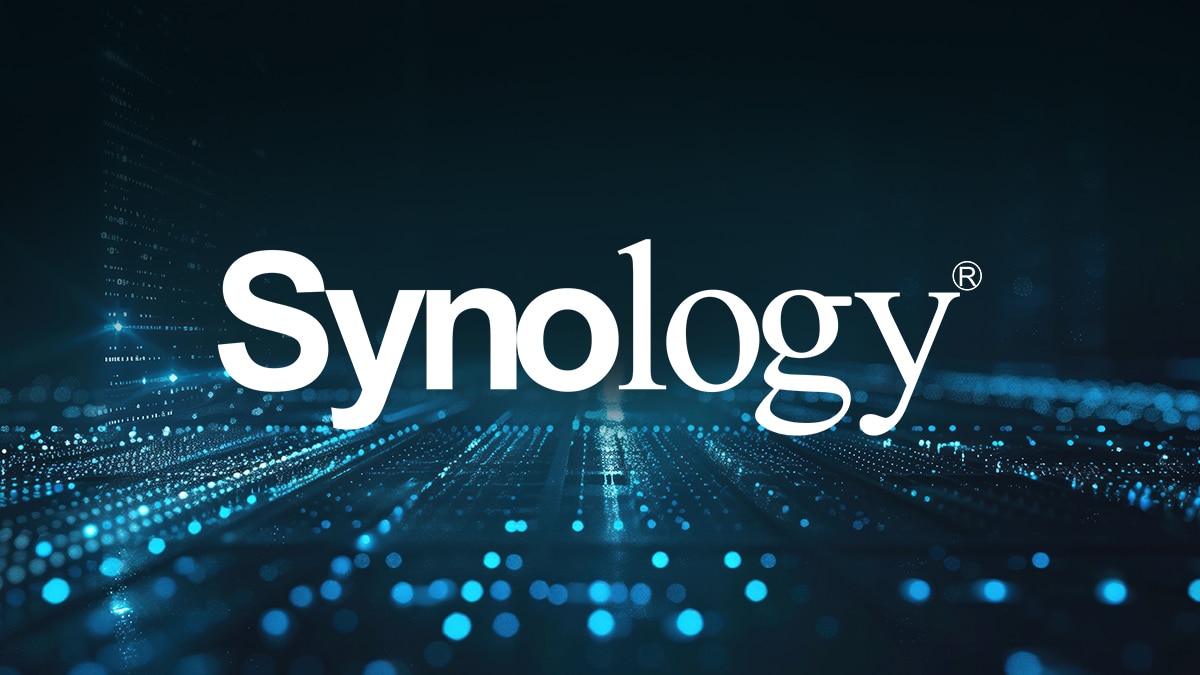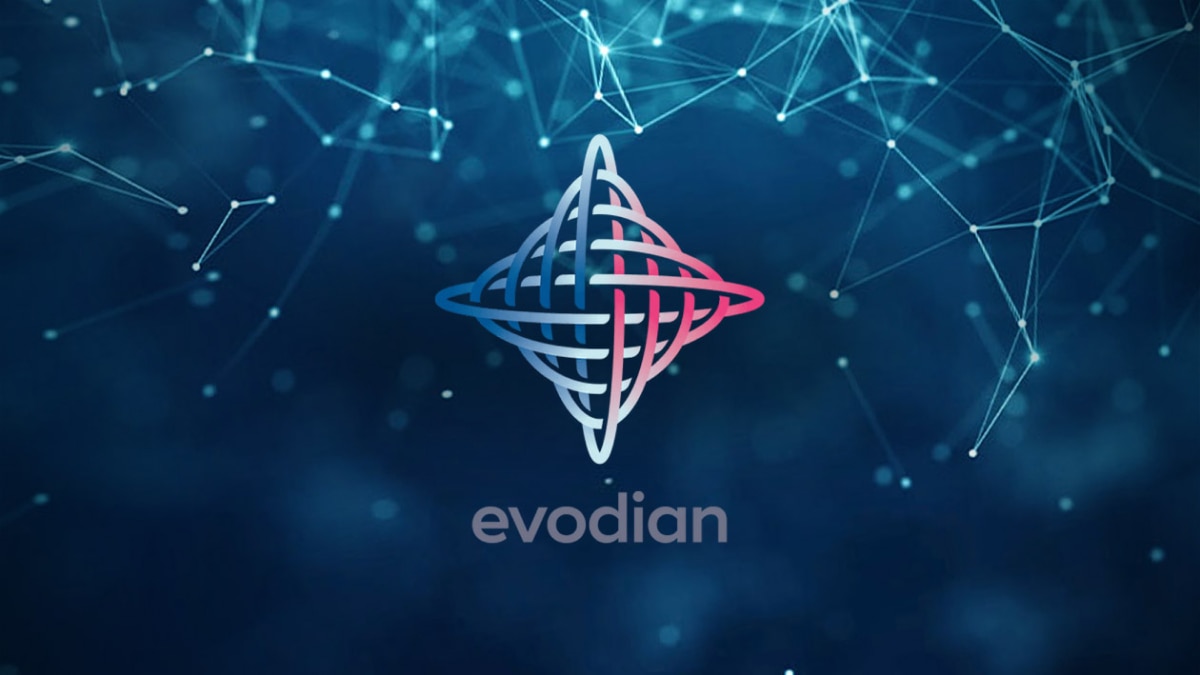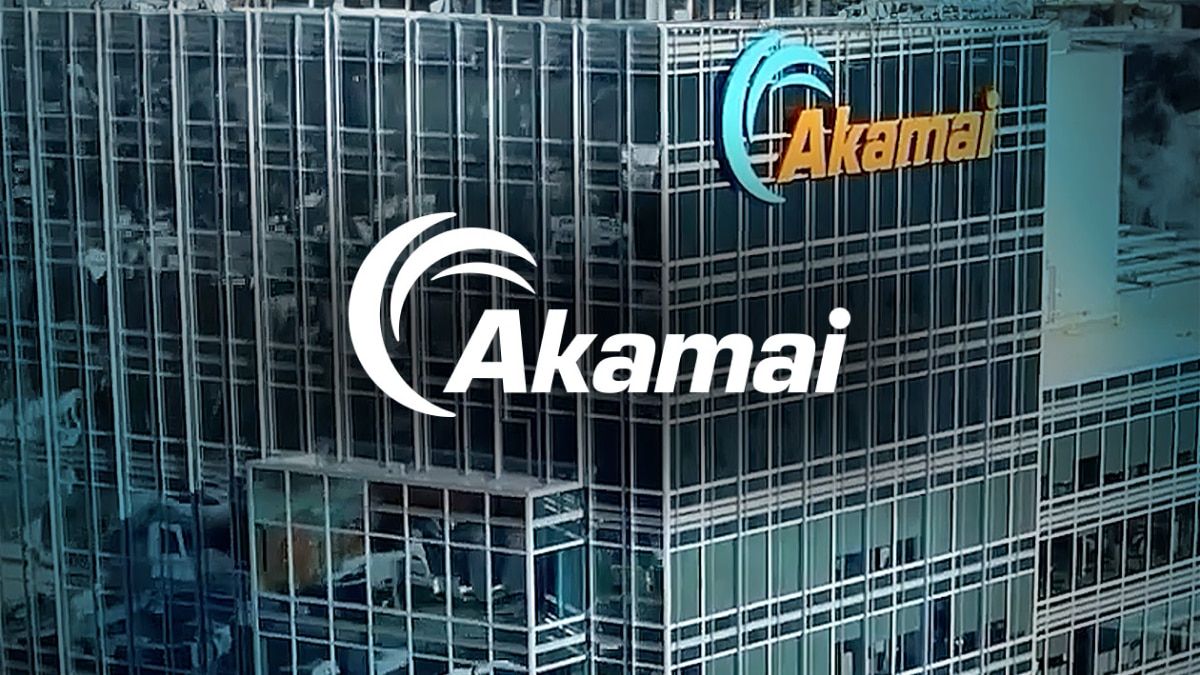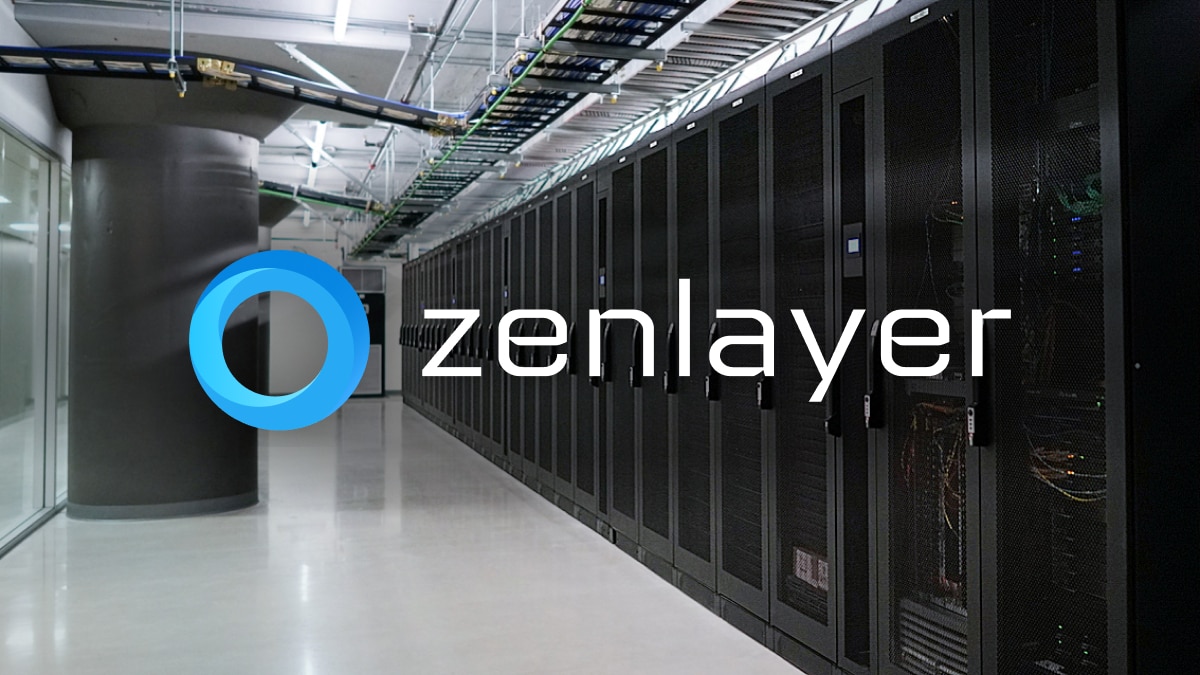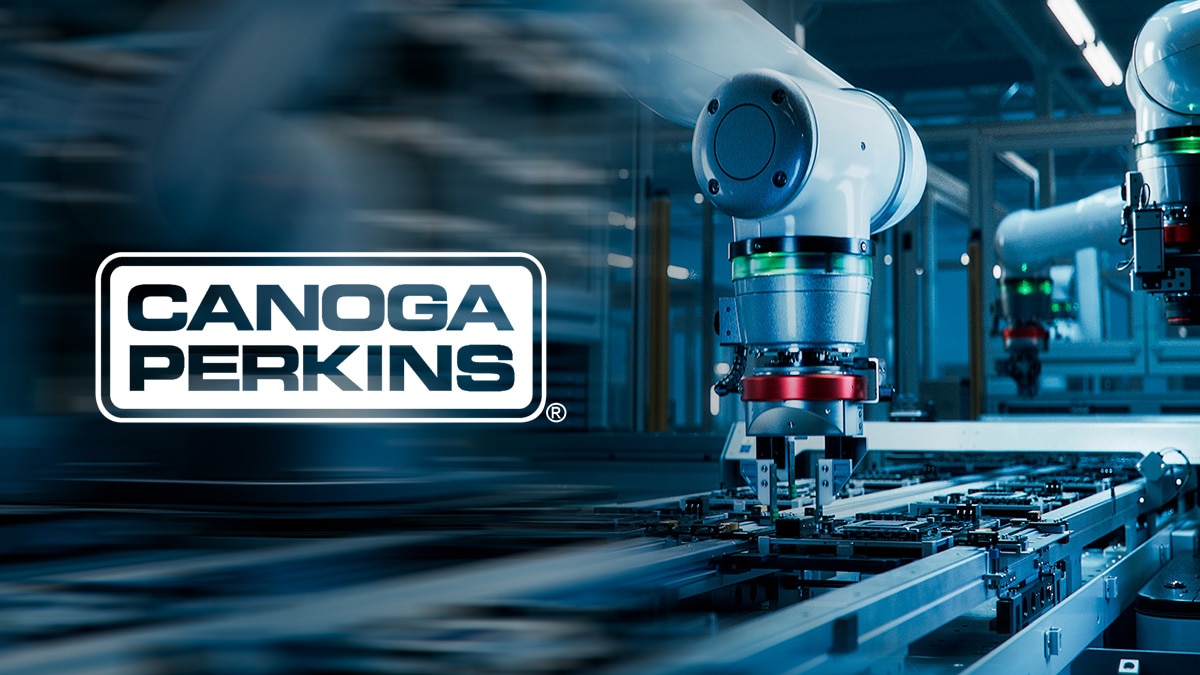CHT ITG delivers sustainable performance cloud with AMD
Chunghwa Telecom Information Technology Group (CHT ITG) met performance, cost and energy goals for providing its cloud services to customers by deploying AMD EPYC™ CPUs
Cloud services have a constant need for denser compute, and the arrival of AI is further accentuating the challenges. On top of this, sustainability goals are driving toward greater efficiency. When Taiwan’s Chunghwa Telecom Information Technology Group (CHT ITG) wanted to improve its cloud performance while meeting ESG goals, AMD EPYC™ processors delivered exactly what was required.
“CHT ITG is part of Chunghwa Telecom and is responsible for supporting the company's three major business groups, assisting in the establishment of internal systems and supporting external services,” says Chung-Shuo Lin, Advisor, CHT ITG. “This group focuses on core technologies such as cloudification and IT. Its external businesses include cloud services, smart IoT, information security, business applications, and smart transportation. It integrates AI technology into various services and cooperates with international manufacturers to develop GPU-related technologies. We aim to be a top-notch cloud service provider, so we are thinking about how to bring high performance to our cloud.”

Maximum performance while remaining sustainable
CHT ITG had to address several trends in cloud service provision. “These trends include digital transformation, booming AI development, and ESG sustainability,” says Lin. “They are driving the need for high-performance computing while also requiring lower energy consumption to achieve carbon reduction goals. Therefore, when choosing servers, CHT ITG requires high performance, energy efficiency, and high density to save rack space in data centers.”
The main workloads CHT ITG was addressing in its cloud provision were basic computing and storage services, as well as hybrid cloud, virtual private cloud, and its CMCX multi-cloud exchange platform. However, AI was another application that the company could see growing in importance, which poses problems for ESG. “The specific challenge faced by CHT ITG is to achieve carbon reduction targets while enhancing computing performance,” says Lin. “Traditionally, adopting AI technology means high power consumption, but with the rise of ESG awareness, the company needed to address how to achieve energy saving and carbon reduction while enhancing computing performance.”
This is where CHT ITG began to consider AMD EPYC CPUs, with information on the processors initially coming from the AMD Taiwan team. However, many high-tech companies in Taiwan were already using AMD technology. “These companies include TSMC and MediaTek,” says Lin. “AMD solutions were proving effective for these companies’ high-performance computing requirements. Our company, CHT, is the largest telco in Taiwan, and TSMC is one of our customers, so we have close ties with them. What’s more, CHT ITG has a good partnership with VMware, and we have experienced many of our customers giving us feedback that AMD CPUs would be great for their requirements.”

Greater core density for reduced data center footprint
CHT ITG’s server hardware partners also played a crucial role in ensuring their CPU upgrade choice was the right one. “CHT uses Dell Technologies and HPE, as they ensure the stable quality needed to serve our customers,” says Lin. “Dell Technologies and HPE, as well as some Taiwanese server manufacturers are our hardware partners.” The potential CPU candidates were put through thorough testing by the CHT ITG team. “The main factors we considered when testing AMD EPYC processors were performance and energy saving.”
“We used VMware's VMmark tool for objective evaluation, and the results showed that the performance of AMD EPYC processors was outstanding,” says Lin. “VMware benefits greatly from a high core count. It reduces the number of servers required and that means saving space and significantly reducing power consumption. These are the considerations that led us to work with AMD. The AMD EPYC processors’ exceptional performance in VMware's VMmark benchmark makes them ideal for AI and high-performance computing workloads as well. They align with ESG goals by promoting energy efficiency and carbon reduction, contributing to a PUE reduction of 0.3 through implementing advanced liquid cooling technology. Additionally, their high-density design can save up to 1.6 times the rack space, significantly improving data center space utilization.”
With these positive results, CHT ITG deployed 3rd Gen AMD EPYC CPUs with 32 cores, and is evaluating dual-socket processors with 64 cores. “After implementing the 3rd Gen AMD EPYC processors, CHT ITG has reduced our data center energy consumption,” says Lin. “This contributes to the company's goal of net-zero carbon emissions. We have enhanced our computing performance and reduced our costs. The high performance of AMD EPYC processors allows the company to use fewer servers to provide higher computing capability, significantly optimizing hardware costs.”

Roadmap towards enhanced AI
“Software compatibility is also a top priority,” continues Lin. “The AMD ecosystem has matured significantly in recent years. We found AMD EPYC to be an excellent choice. Not only does it help CHT improve server density, but it also contributes to our energy conservation and carbon reduction goals. The licensing for hypervisors with VMware and the database licenses will inevitably go up as we increase our number of servers. However, with the increased number of available cores per AMD EPYC CPU, we can serve more customers for that outlay, so this has reduced our costs.”
“The most important aspect of AMD EPYC CPUs is the high core count for the VMware environment,” says Lin. “If the customer needs 64 or 128 cores in a virtual machine, we can use AMD solutions to support that. AMD EPYC CPUs, because of their high core count, meet our requirements perfectly. Next year we're hoping to deploy 4th or 5th Gen AMD EPYC CPUs to take this advantage even further. As a cloud service provider, now we have a more diverse cloud environment for our customers to make their own choices. This means that we can offer our customers more options and grow our business.”
“The workloads for data center applications or containers now require both a greater number of CPU cores and higher computing performance,” says Lin. “In the future, as more users embrace the cloud-native environment, the requirements for computing performance will be even greater so we will continue to work with AMD to meet such demand. With AMD EPYC CPUs, we are seeing the benefits from costs going down and reduced power consumption, which is also aligned with ESG goals. Going forward, AI will play a crucial role, and we are developing our AI capabilities. We'll continue to work with AMD because the high-core count CPUs will be an ideal solution for training and inferencing for future AI applications.”
About the Customer
Chunghwa Telecom is Taiwan's largest integrated telecommunications service provider. It offers a wide range of services, including fixed-line, mobile, broadband, and internet services. The company also provides information and communication technology services to enterprise customers, such as big data, information security, cloud computing, and data center capabilities. Chunghwa Telecom is also committed to sustainability and has been recognized for its environmental, social, and governance (ESG) initiatives. For more information visit www.cht.com.tw.
Case Study Profile
- Industry:
Cloud services - Challenges:
Improve performance while reducing data center footprint and saving energy for cloud workloads, including intensive AI applications - Solution:
Deploy servers powered by 3rd Gen AMD EPYC™ CPUs - Results:
1.6x reduction in data center rack space, delivering performance, sustainability, and cost saving goals - AMD Technology at a Glance:
3rd Gen AMD EPYC™ CPUs - Technology Partner:






